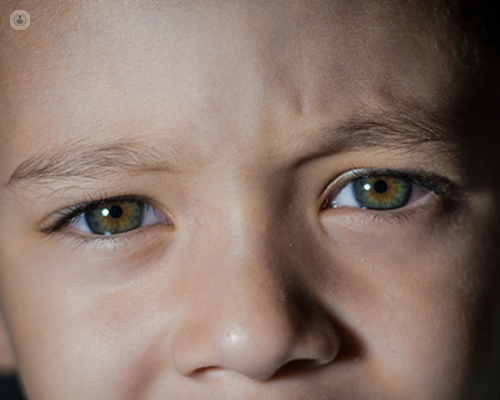Common asthma triggers in children and ways to relieve them
Written in association with:Asthma is a prevalent respiratory condition in children, causing airway inflammation and breathing difficulties. While asthma can’t be cured, identifying and managing triggers can significantly improve a child’s quality of life. Below, we explore some of the most common asthma triggers and effective ways to relieve symptoms.

What are common asthma triggers in children?
- Allergens:
- Common allergens include dust mites, pet dander, mould, pollens and rarely, certain foods.
- Exposure to these can irritate a child’s airways and lead to asthma symptoms.
- Respiratory infections:
- Colds, flu and respiratory infections are common asthma triggers. Infections can worsen inflammation in the airways, making it harder for children with asthma to breathe.
- Exercise:
- Physical activity, especially in cold air, can trigger exercise-induced asthma in some children. Shortness of breath, wheezing, and chest tightness may occur during or after exercise.
- Weather changes:
- Sudden temperature shifts, high humidity, and cold air can exacerbate asthma symptoms in children. Dry, cold weather can dry out the airways, making them more reactive.
- Airborne irritants:
- Exposure to smoke (including second-hand smoke), strong odours, pollution, and fumes can be particularly irritating to a child’s sensitive airways, increasing asthma symptoms.
- Stress and strong emotions:
- Anxiety, laughter, or crying can trigger asthma symptoms in some children, possibly due to changes in breathing patterns or a stress response.
Ways to relieve asthma symptoms
Medications and inhalers
- Rescue inhalers: Quick-relief inhalers, often containing bronchodilators, are essential for managing sudden symptoms.
- Preventative medications: Long-term control medications, like corticosteroids, can reduce airway inflammation and prevent symptoms.
Allergy management
- Reducing allergens at home is essential, especially if a child is allergic. Some steps include using allergen-proof covers on bedding, frequently washing soft furnishings, and minimising exposure to pets.
- Consider allergy testing to identify specific allergens, which may help avoid or manage them better.
Monitoring and managing triggers
- Keeping a diary of asthma symptoms can help identify and avoid specific triggers. Once identified, parents can take proactive measures, such as using air purifiers or avoiding outdoor activities during high pollen times.
Encouraging good hygiene
- Teaching children to wash their hands regularly can help reduce the risk of respiratory infections. Getting vaccinated for the flu and keeping up with other immunisations also protects against respiratory illnesses.
Exercise adjustments
- For children with exercise-induced asthma, warming up before physical activity and using a quick-relief inhaler before exercise may help prevent symptoms. Swimming is often a good option as it builds lung strength without causing too much strain.
Humidity control and air quality improvement
- Keeping indoor humidity levels moderate (around 40 to 50 per cent) can prevent mould growth and reduce dust mites. Using air filters and purifiers helps keep indoor air clean, reducing asthma irritants.
Emotional support
- Since stress and strong emotions can be triggers, teaching children relaxation techniques, like deep breathing or visualisation, can help them stay calm and manage asthma symptoms.
When to see a healthcare professional
Regular check-ups with an asthma specialist or GP can help keep asthma under control. If symptoms worsen or are not managed with the current treatment plan, a healthcare professional can adjust medications or provide guidance on further preventive steps.
Key takeaway
By identifying triggers and taking proactive measures, parents can significantly reduce asthma flare-ups in children, leading to better symptom control and improved overall wellbeing.


